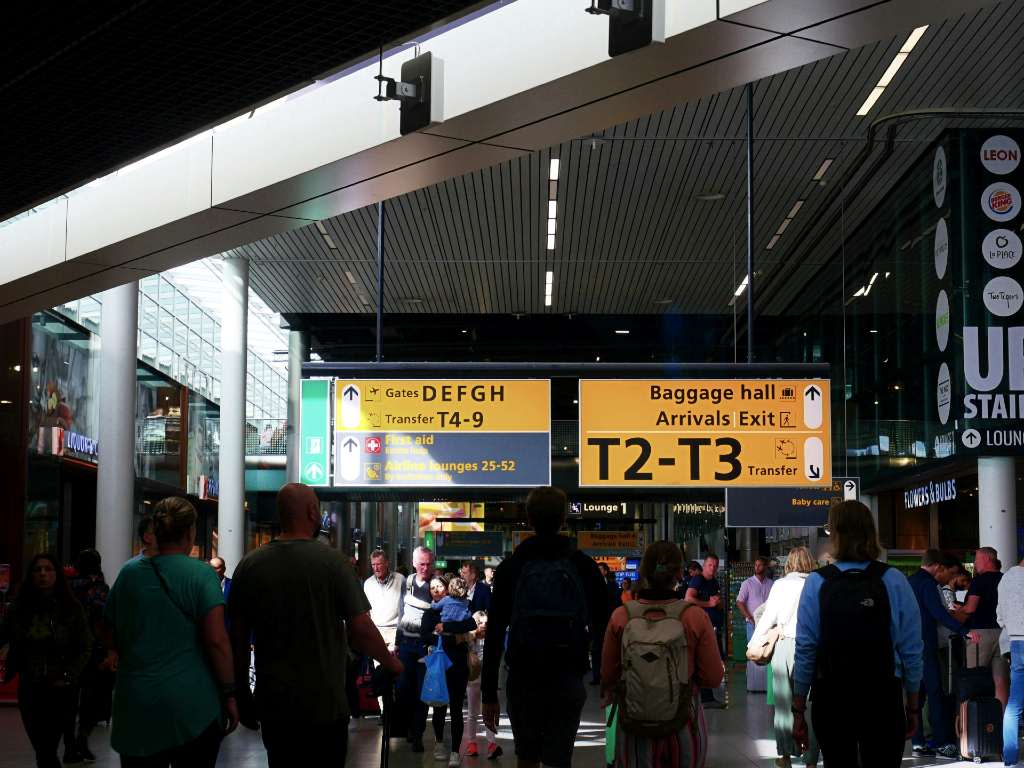Contents
- 1.
- 2.
- 3.
Let's say you live in Milwaukee and want to go to Bordeaux, France. You're probably going to search for a flight from Milwaukee to Bordeaux, right? It makes perfect sense.
But if your goal is to get between the two cities for the fewest points, this sometimes isn't the best strategy. Instead, it can be worth booking a flight between major hubs, even if it means adding a connecting flight on either end.
This is called positioning (or repositioning) and can involve flying (or driving or taking a train, bus, or ferry) from where you live to another major airport where you catch your long-haul flight. However, you can do it on the other end, too. This would mean flying into a major hub and then — you guessed it — taking another flight, bus, ferry, train, or car ride to get to your final destination.
Why repositioning to another city can be worth it
Sure, booking all those flights sounds like a lot of work, but let's look at a real example to see how it could help you save.
Let's take the Milwaukee to Bordeaux example. At the time of writing, we found a one-way business class fare on Air France from Milwaukee to Bordeaux for 98,500 points with two stops.
But Milwaukee is only about two hours from Chicago, and Bordeaux is just three hours from Paris by train, so let's compare flying from Chicago to Paris instead. That drops us down to just 57,000 points. Saving more than 40,000 points in exchange for a few short train rides could be an appealing trade-off if you're not flush with points.
Not convinced? Compare the cost of a business class flight from Portland, Maine, to London for 148,000 points vs. a flight from NYC to London for 60,000 points (and often less). You'd cut your points spend by more than half in return for adding a $100 roundtrip cash fare from Portland to NYC.
It can be worth it in economy, too, depending on how many points you have in your stash. A one-way economy fare from Austin to Tokyo might be around 35,000 points, while you can often snag a one-way from LA to Tokyo for just 25,000 points. If it means the difference between having enough points and not, it could be worth the $200 roundtrip flight between Austin and LA to spend 10,000 fewer points each way.
What to consider when looking at positioning flights
Positioning flights come with both some drawbacks and some benefits.
Your travel time could be longer
Adding in a positioning flight generally adds extra time, especially because you'll need to have a longer connection. You don't want to miss your long-haul flight because your initial positioning flight was delayed by 30 minutes. We recommend giving yourself a buffer of a least a few hours (longer if your first flight is often delayed or it's during a season when weather delays are common).
Checking a bag becomes more time-consuming
If you're checking a bag, you may need to retrieve it from baggage claim after your first flight, re-check it for your long-haul flight, and then go back through security. All this means you need to book a longer connection, adding more time to your travel day.
If there's a schedule change, you could face issues
For example, if your long haul gets moved up by an hour, you lose an hour of connection time. If it's significantly changed, you may even need to reschedule your positioning flight. So, it's wise to spend the extra money on a positioning fare that's above basic economy in case you need to make a change.
You could use the connection to explore a new city
On the plus side, you could arrange your flight schedule so that you have several hours, or even a day or two, to explore the city you're transiting through.

Tips for booking a positioning flight
Always start by comparing a more direct route to options that include positioning flights. Sometimes there's no difference, or the difference is small enough that it's not worth the extra legwork.
If positioning is the best option, book your long-haul points flight first, then book the connecting travel, and remember to give yourself a large buffer between flights.
How long the buffer should be depends on factors like the time of year (could storms cause delays?), the number of airlines and flights offered between the two cities (if there are several every hour, it's easier to rebook if your particular flight is canceled), how far the cities are from one another (worst-case scenario, could you drive to catch your long-haul flight?), whether or not you want to plan a long layover, and whether or not you're checking luggage. And be sure to book a connecting flight that offers free changes, which generally means main economy or above.
If you see a great deal from a city that isn't your home, consider if that deal is worth the extra work of getting to that city. It may be a way to see a place you didn't think you could get to on points otherwise.
Finally, consider what's most important to you and how you can best use your points. If you have an abundance of points or you value your time more than your points, you may want to stick to searching from point A to point B all on one ticket.



